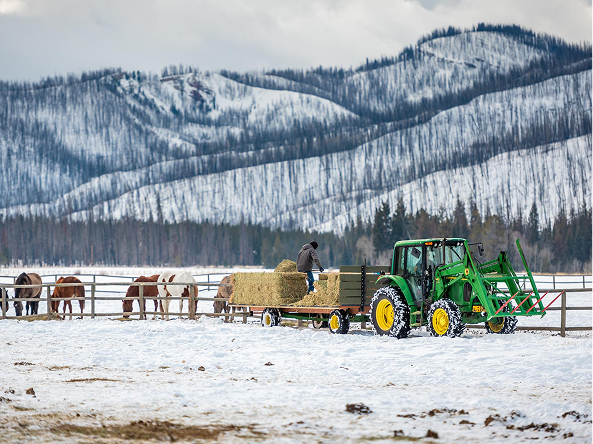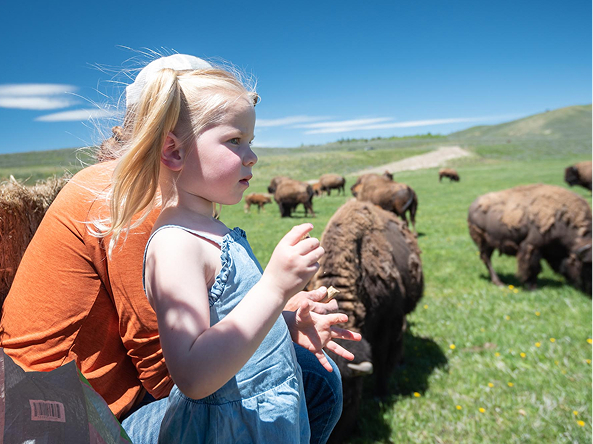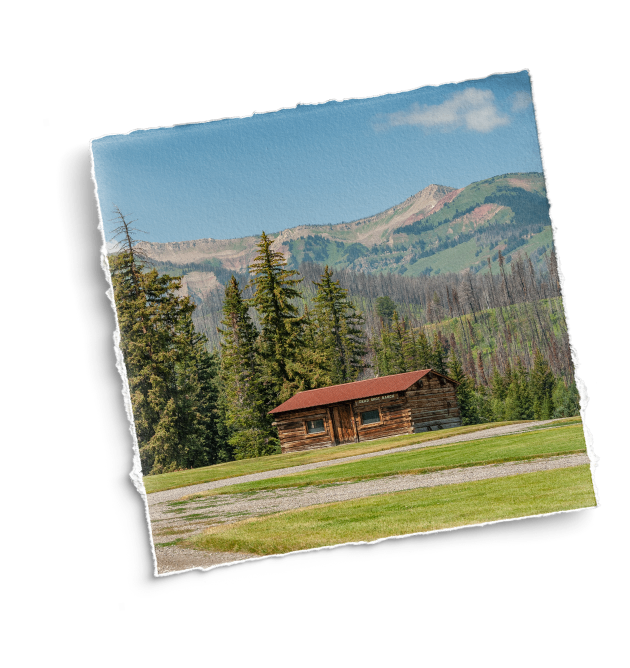History of the Hoback Valley
The land has a long memory.
Steeped in American history, the Hoback Valley serves as a testament to the enduring relationship between people and nature.
Watch full videoLong ago, the Hoback Valley earned its place in the story of the American West.
For more than 9,000 years, Indigenous peoples of the Eastern Shoshone and Crow followed game trails and rivers through this mountainous terrain.
The river became a crucial corridor during the fur trade era — The Hoback River named for early 19th-century trapper John Hoback. Over time, homesteaders, loggers, and ranching families carved a frontier life in this remote Wyoming basin.
Today, the valley is sparsely populated but historically rich.
Purchased in the late 1990s by entrepreneur and philanthropist Joe Ricketts, the ranch continued — and continues to this day — as a working agricultural operation. As of today, Jackson Fork Ranch remains home to preserved cabins and forested lands echoing the rhythms of migration and self-reliance.

A ranch evolving with the times.

A ranch in the wilderness.
Jackson Fork Ranch has always functioned as a traditional Wyoming ranch, raising hay for sale and to feed our commercial bison herd.

Hospitality with purpose.
By the late 2010s, new ideas emerged: the ranch could welcome guests and share our conservation accomplishments with them.

Future focused.
The ranch remains dedicated to living in harmony with the ecosystem that surrounds it.



